
Khadi handmade paper is made of cotton rags and handmade in South India. I’ve purchased a few packs of the handmade paper I’ve been seeing all over Instagram for years—and it did not disappoint. The sheets have natural deckled edges and beautiful texture.
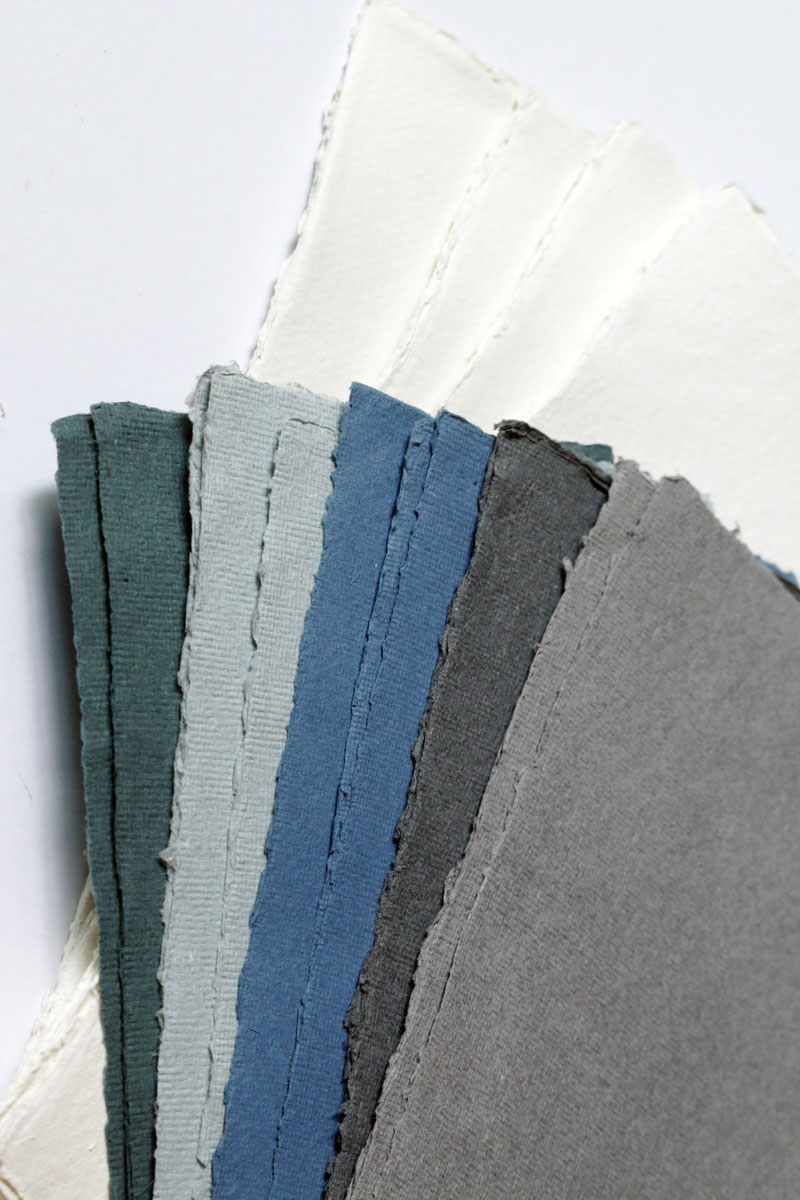
I wanted to use the Khadi Papers with what I’m most familiar with, and that would be watercolours, gouache and Finetec metallic inks. The paper may look oh-so-prefect, but don’t be deceived. For those who will be writing on Khadi paper for the first time, be prepared to encounter some minor hiccups.
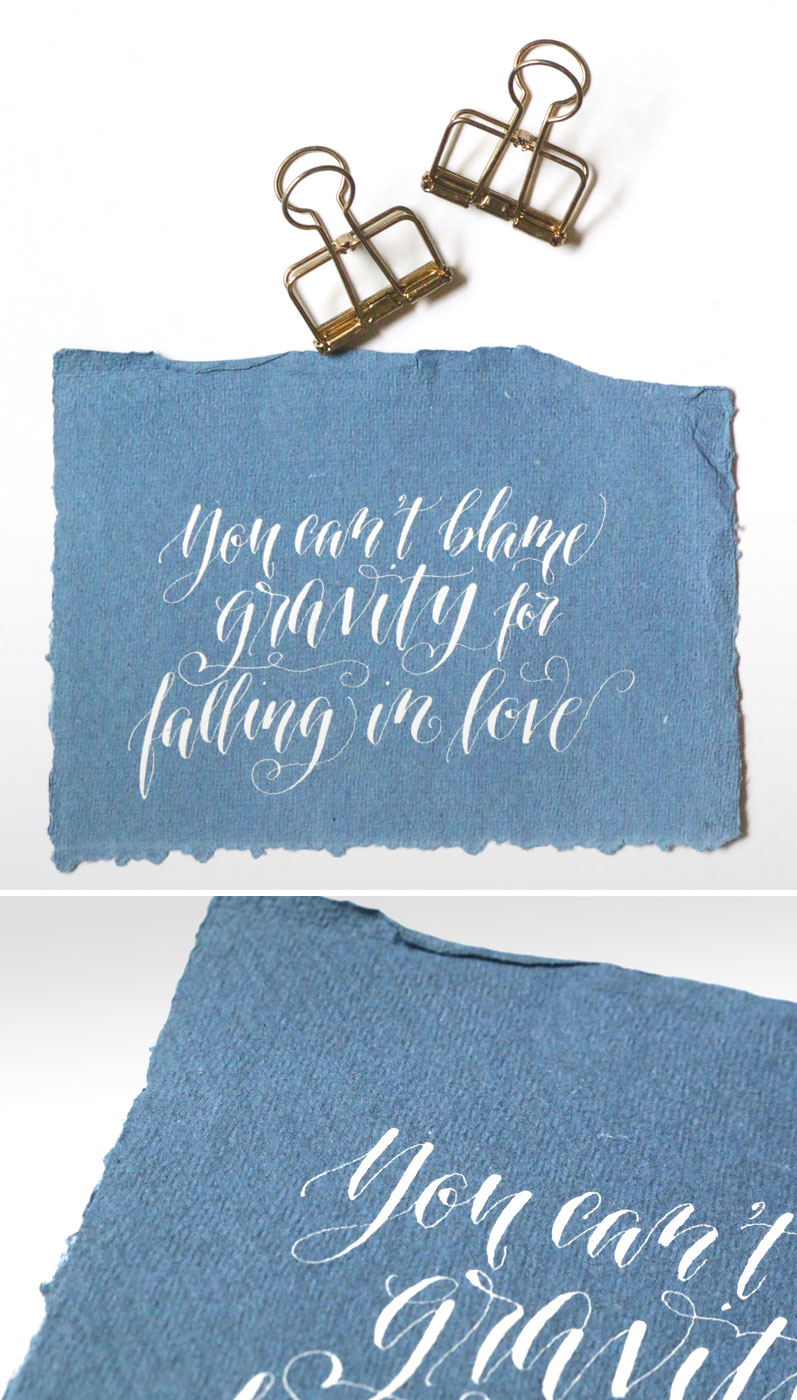
Due to its handmade nature, the paper is wonderfully textured. This means pointed nibs like the Gillotts or Hunts will snag on the upstrokes. Fibres will accummulate during the downstrokes, so there is a need to frequently wash or wipe your nib before the upstroke. I’ve found that the Blanzy-Poure 2552 nib works well with gouache or Finetec.
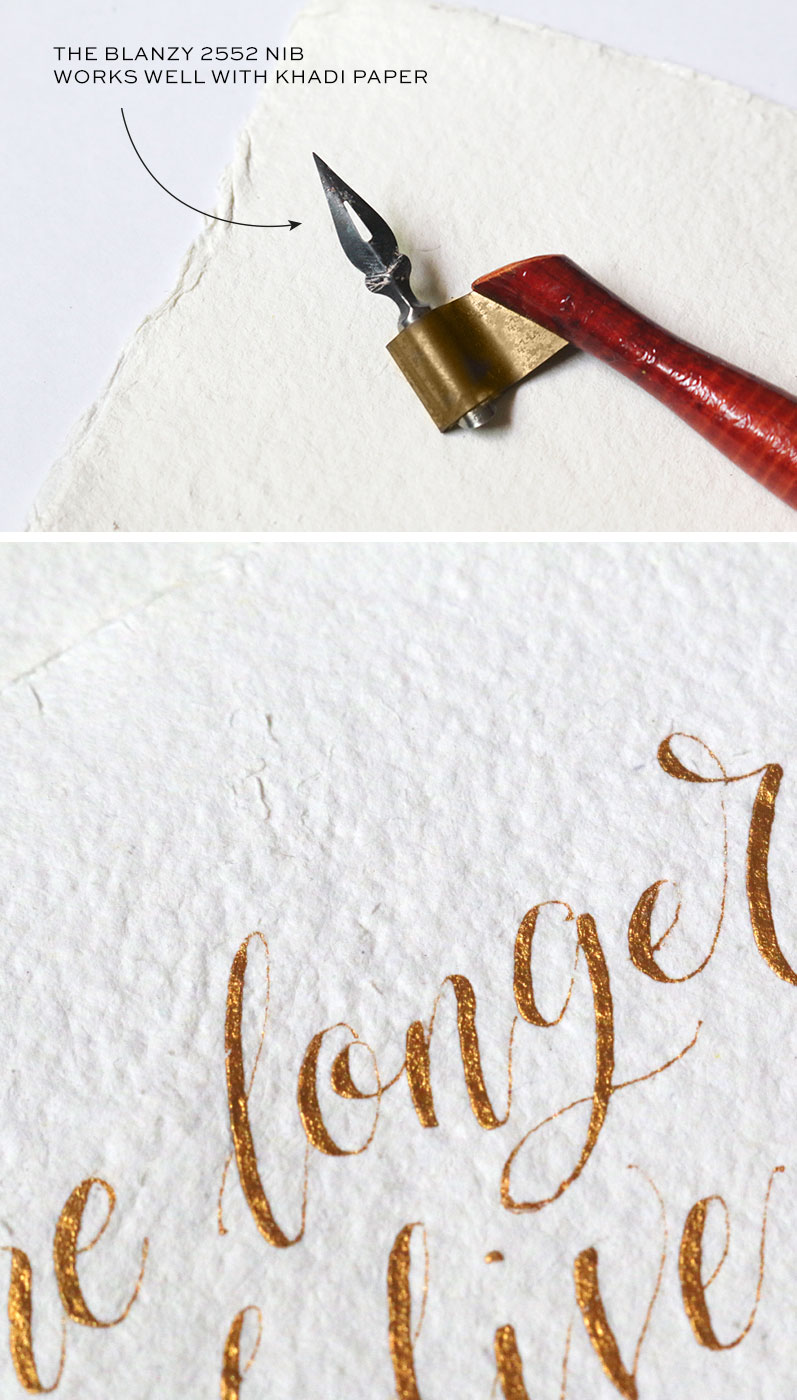
Write slowly, slower than you normally would. Tread lightly—do not write with a heavy hand, and you will be BFFs with your Khadi paper in no time.
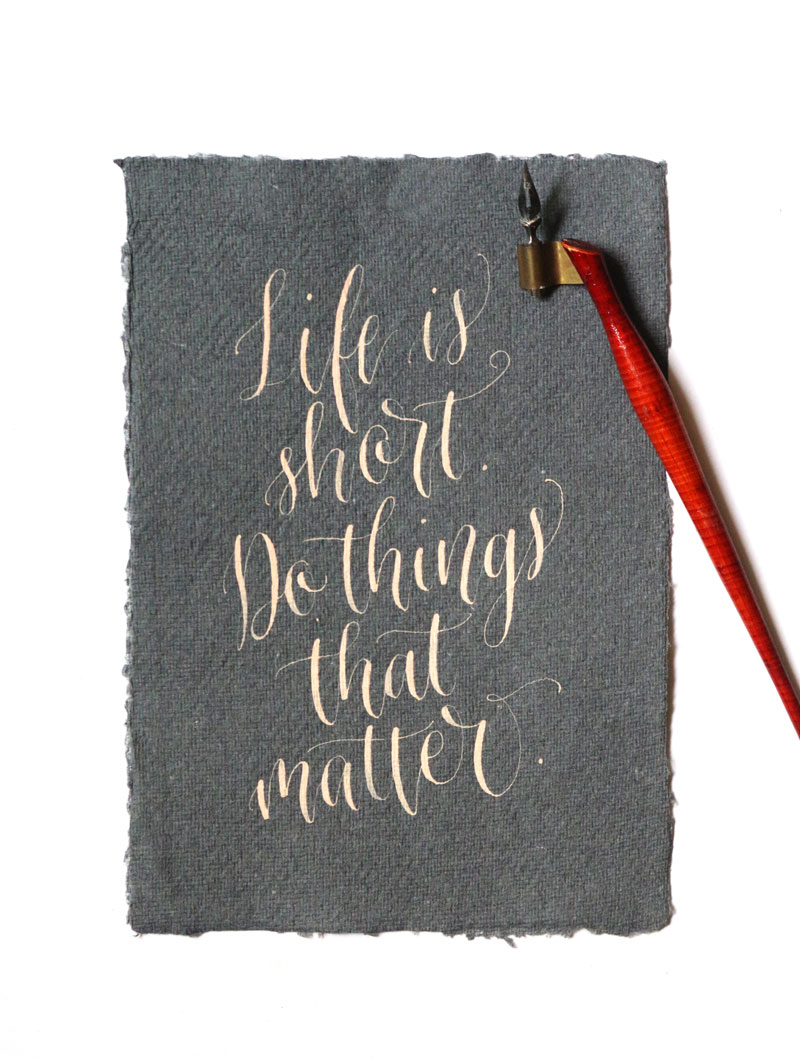
100% cotton papers tend to absorb more water compared to cellulose ones (non-archival, student-grade paper). So painting leaves and florals using Khadi means you need more water on your brush. It works very well for wet-on-wet techniques as well, which will give you beautifully-blended washes.

In conclusion, writing on Khadi handmade paper needs a bit of trial-and-error, but when you get the hang of it, you wouldn’t want to stop. There are so many types of paint that you can try, and I’m sure there are a lot of pointed nibs that work as well.
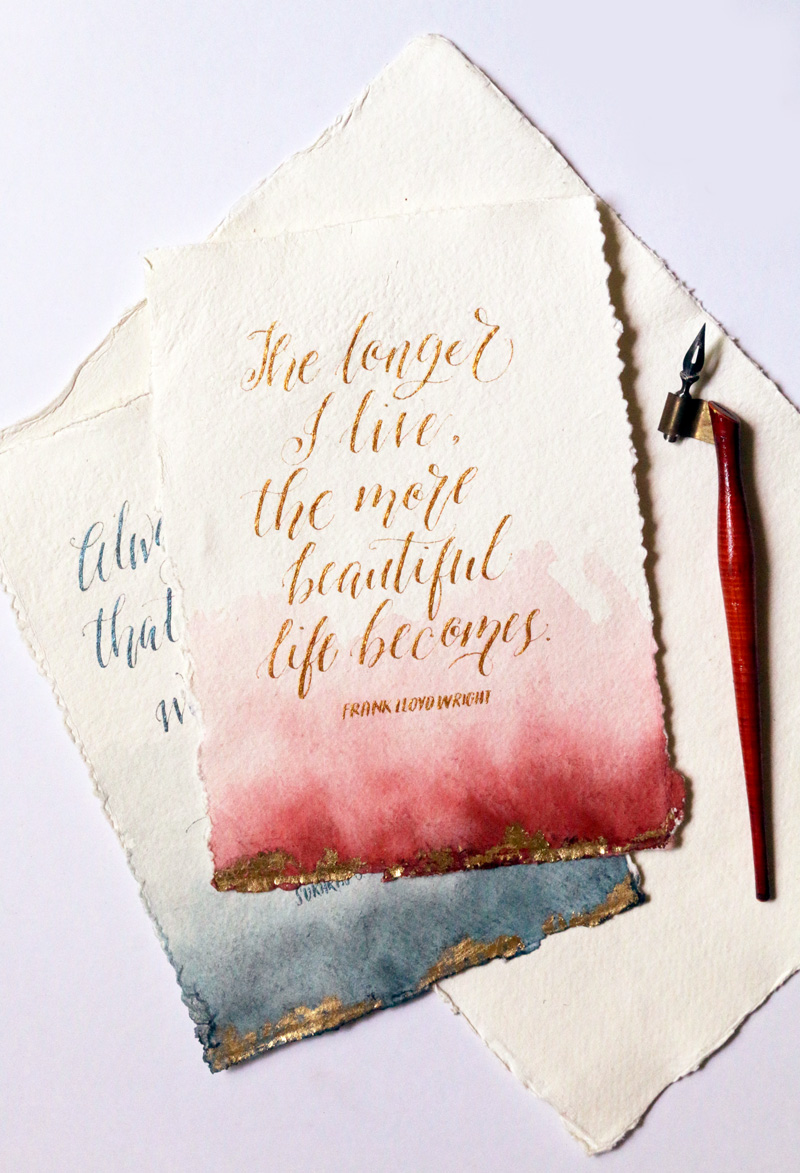
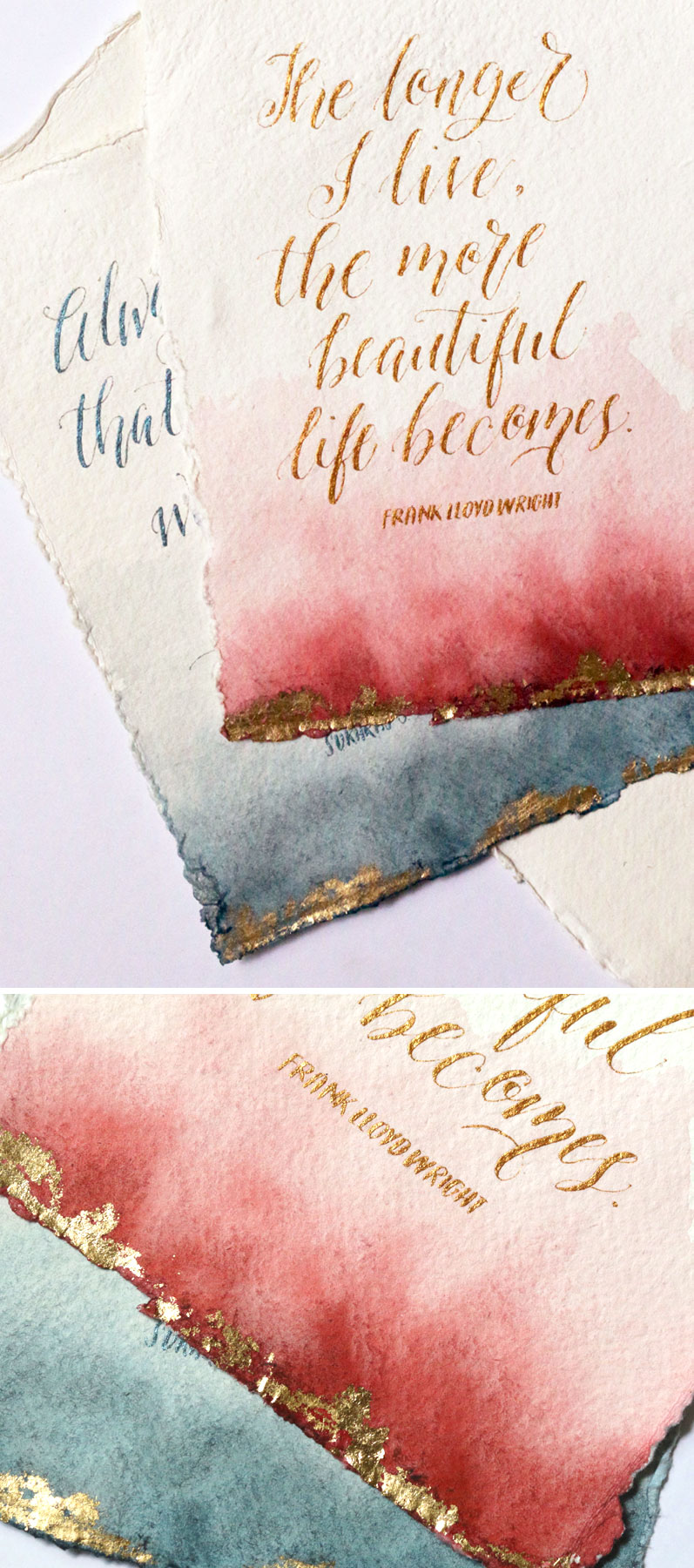
Have you tried Khadi? How do you like it?
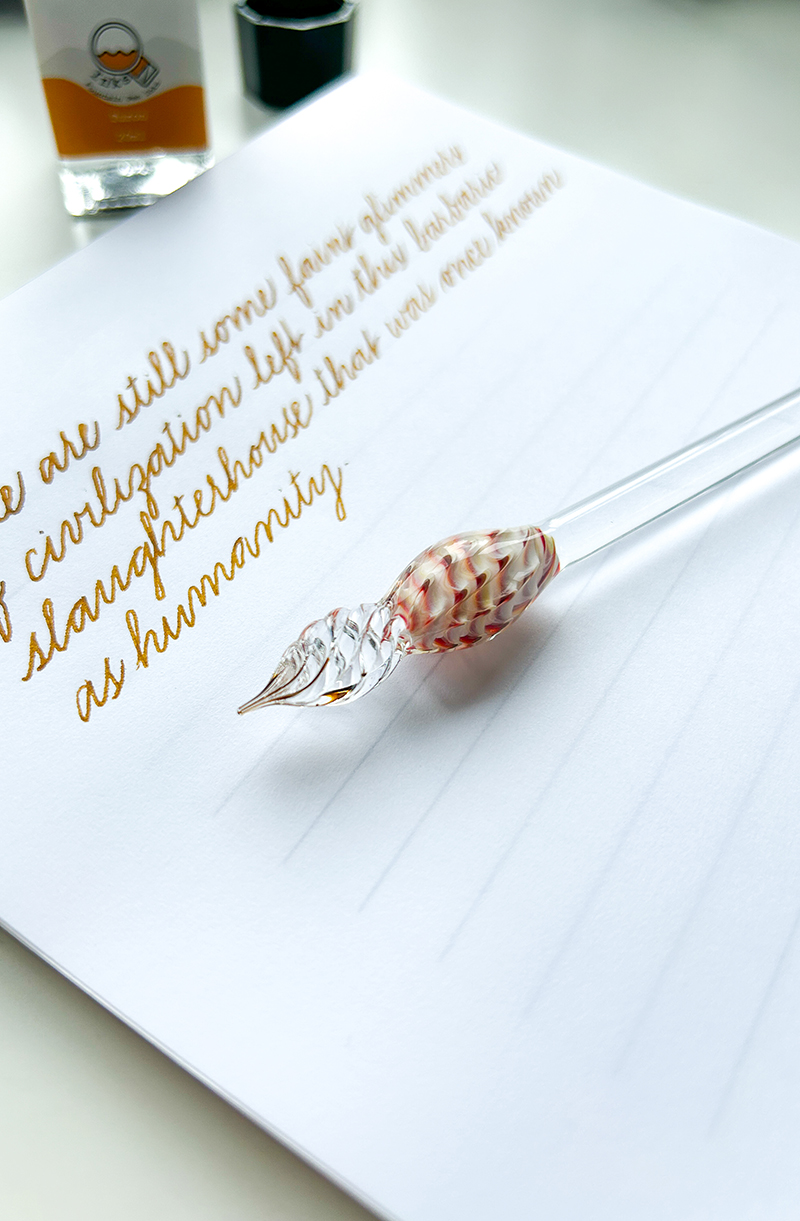
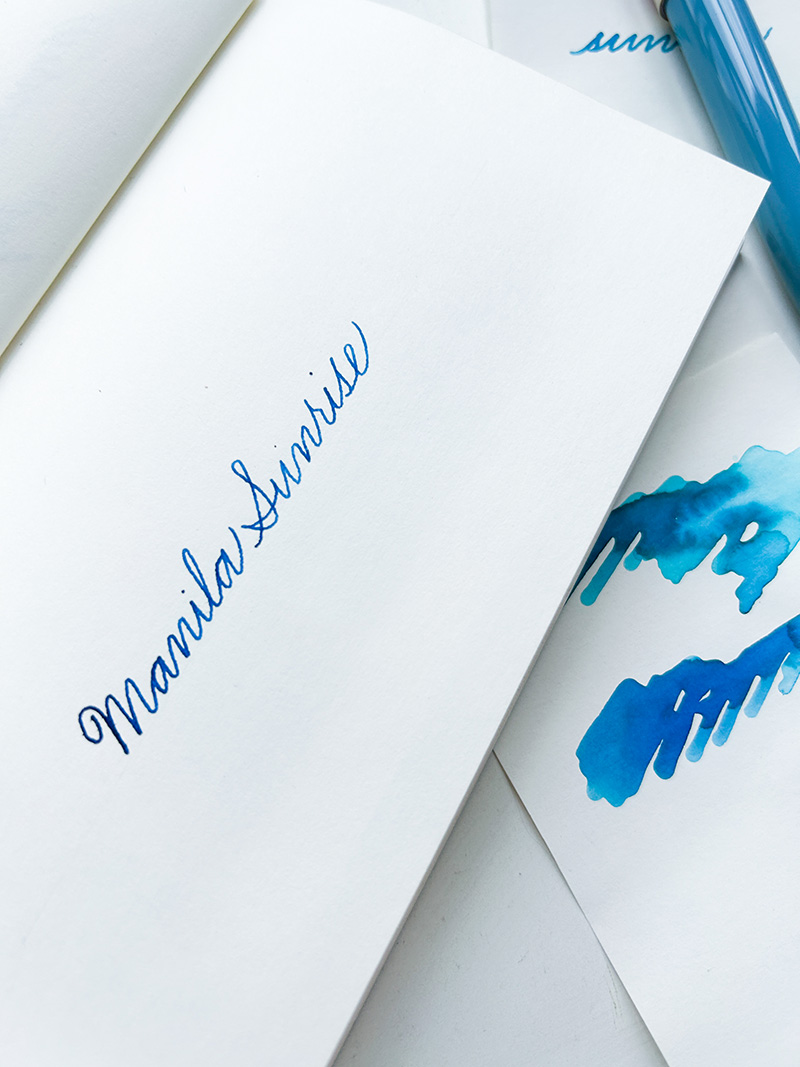


Leave a Reply